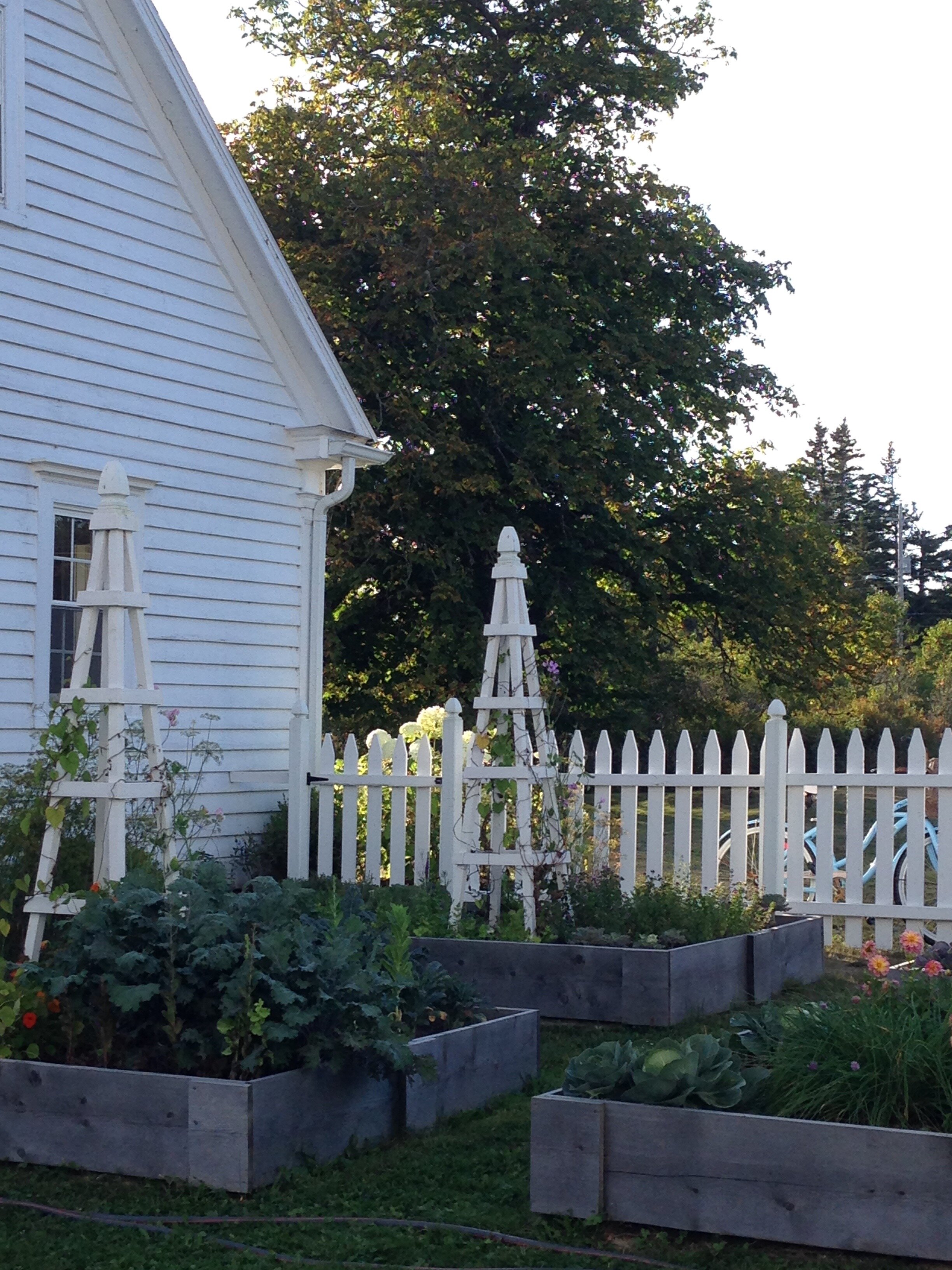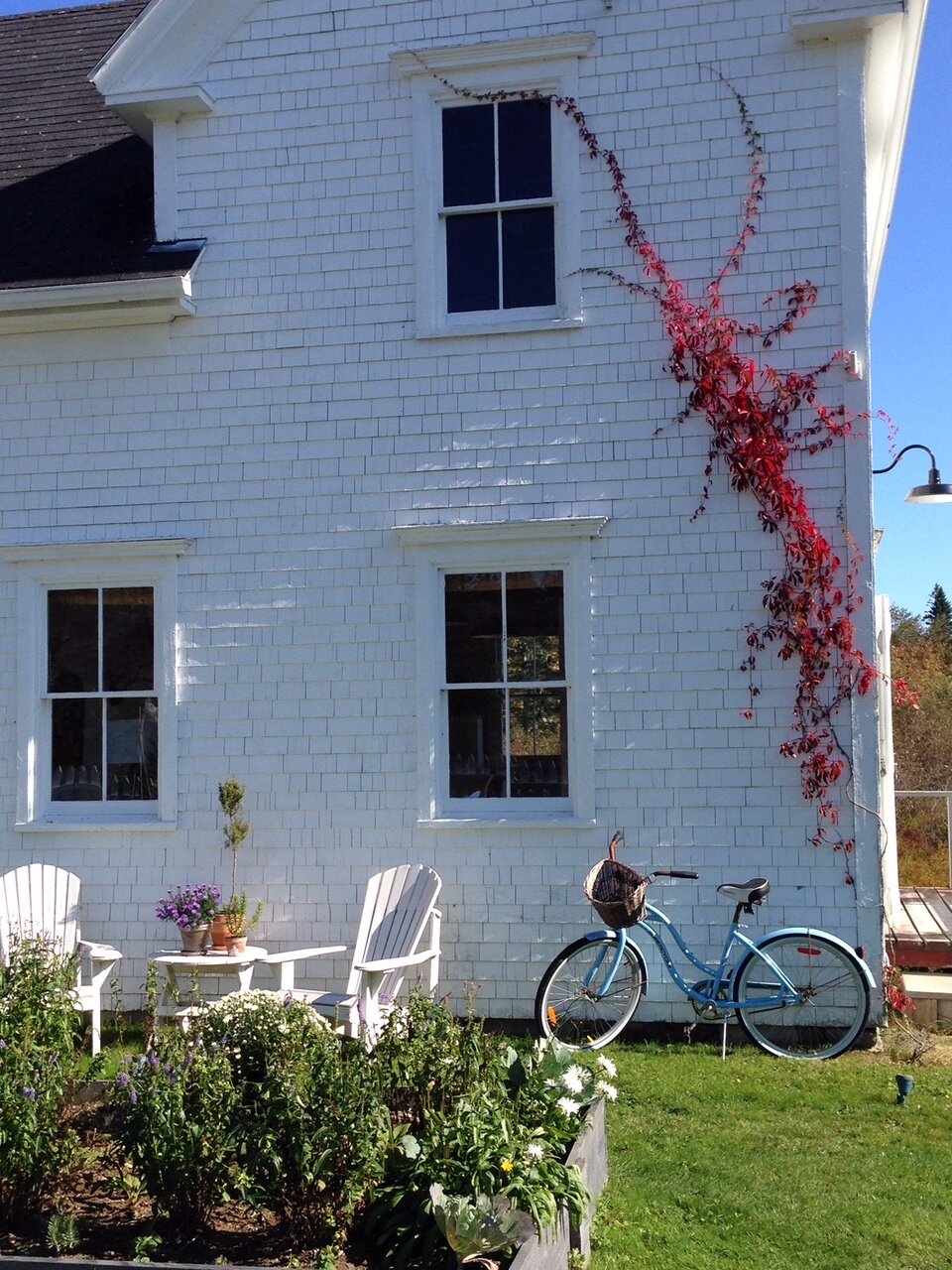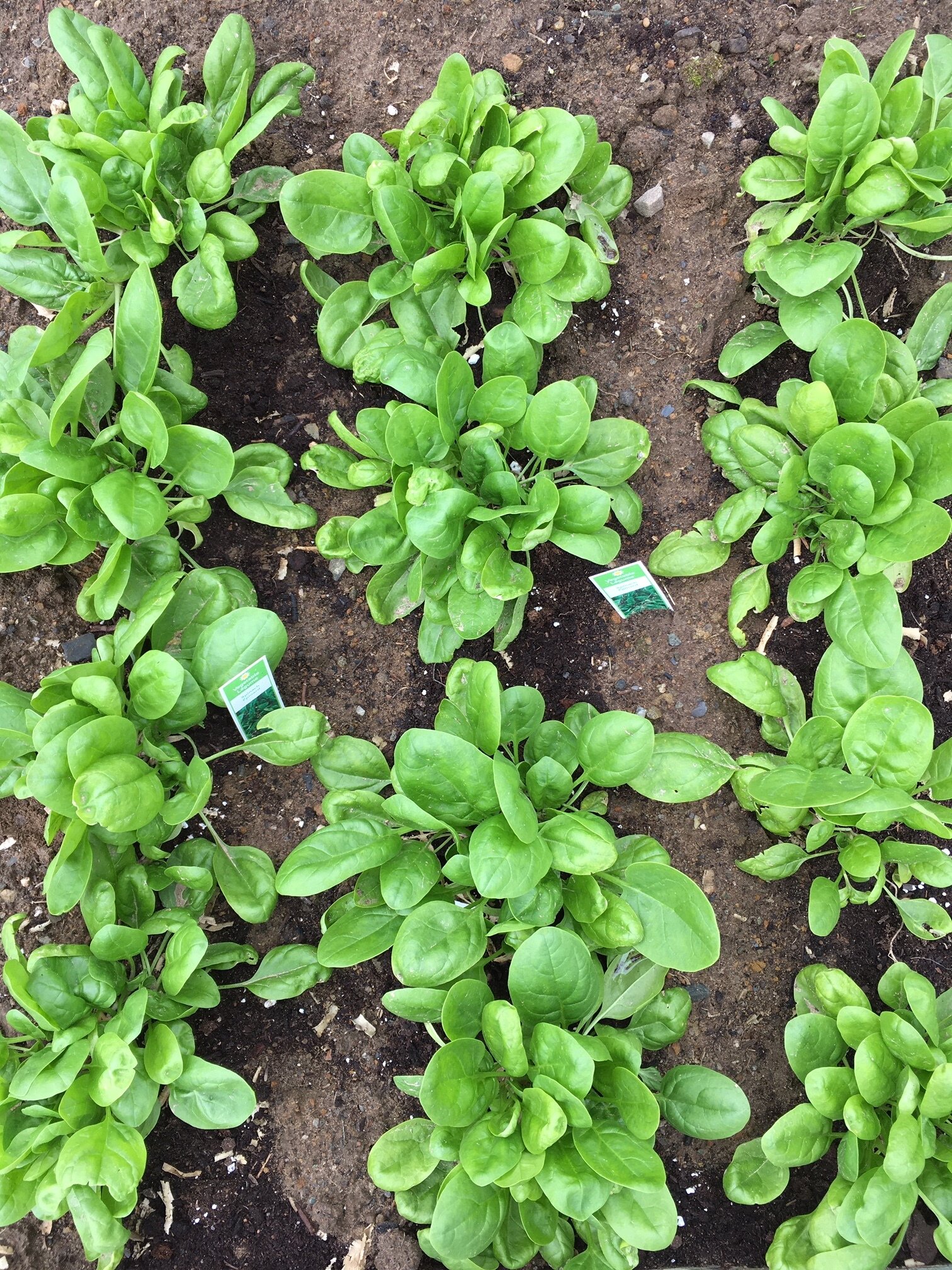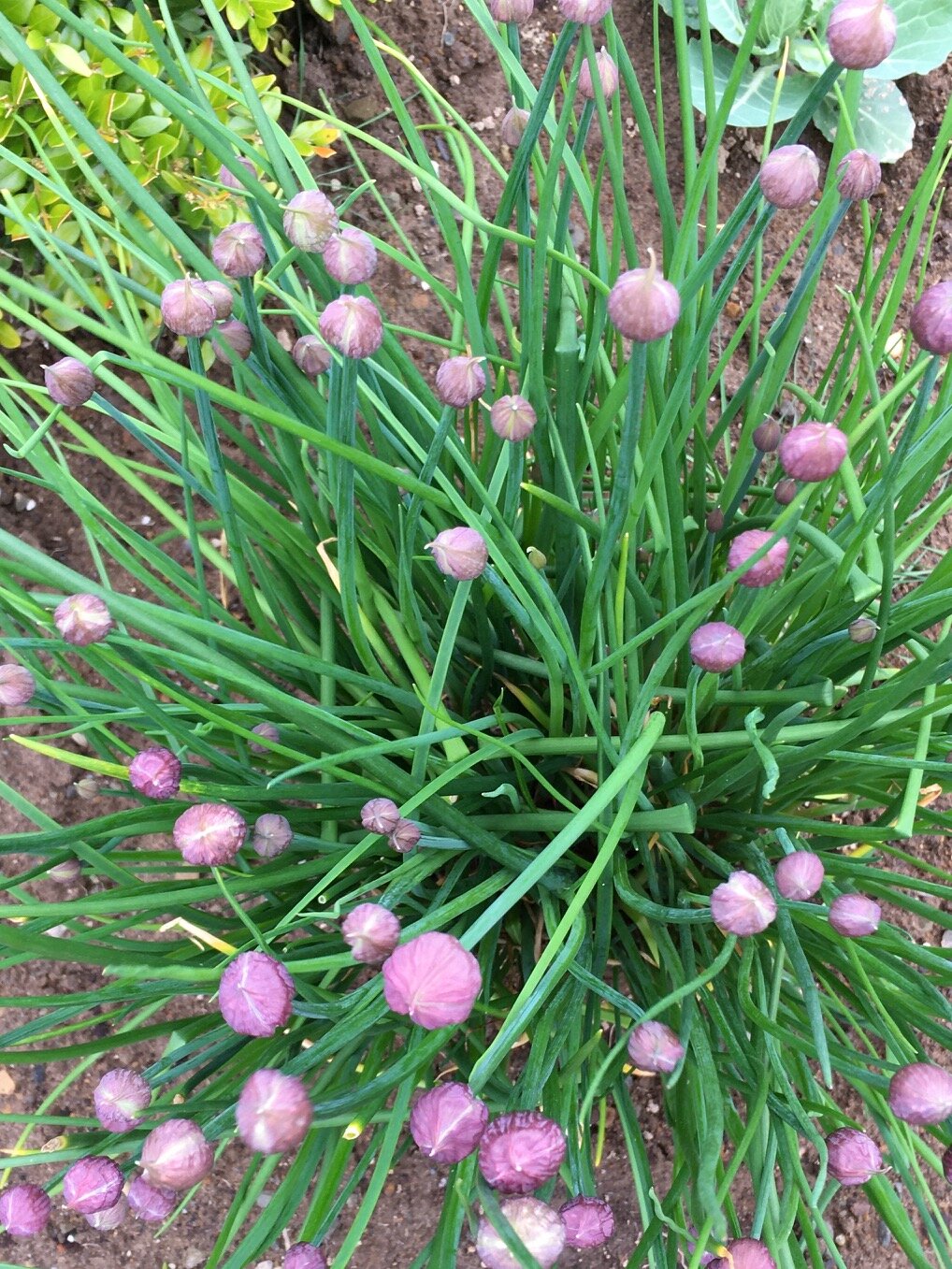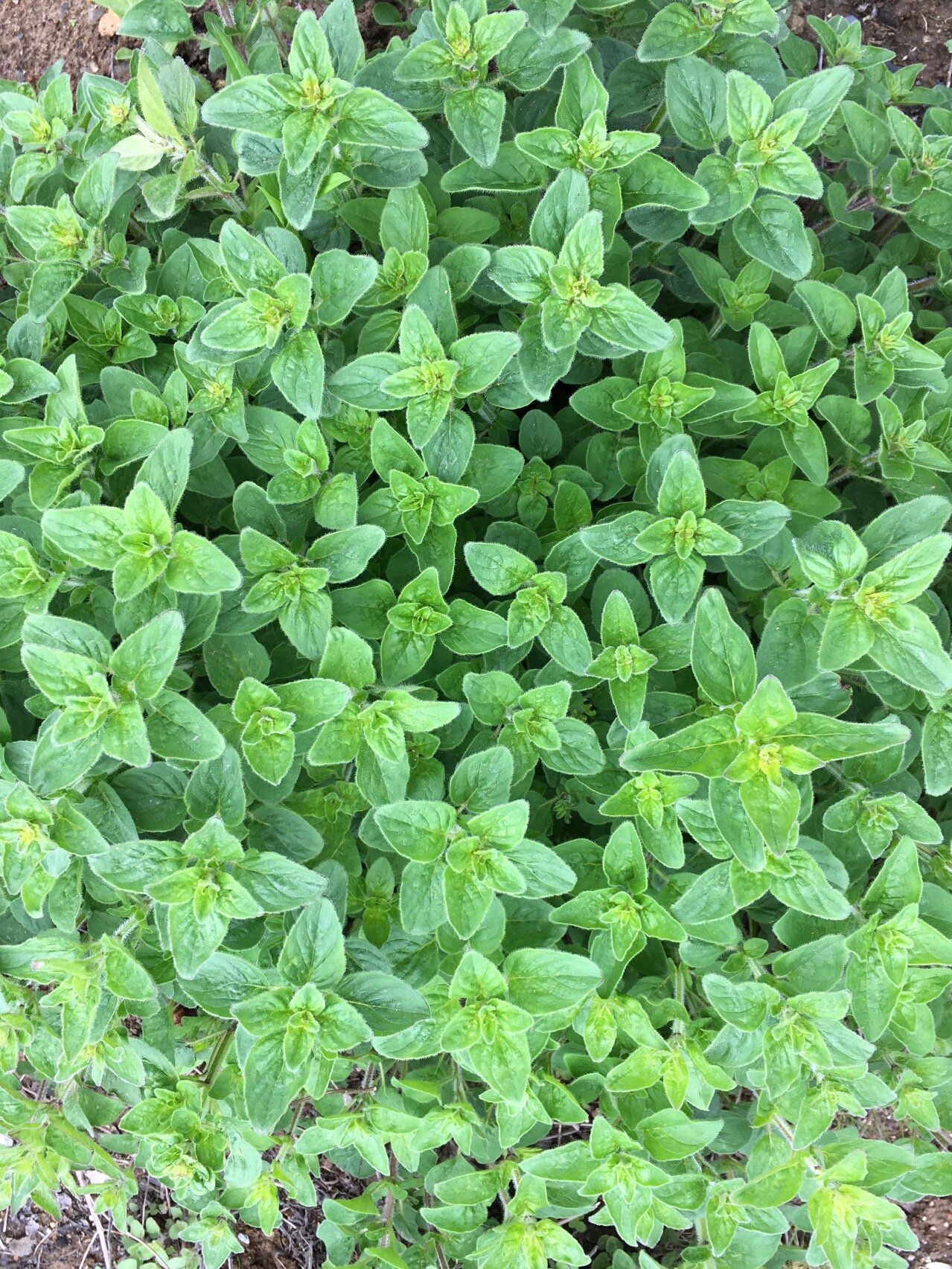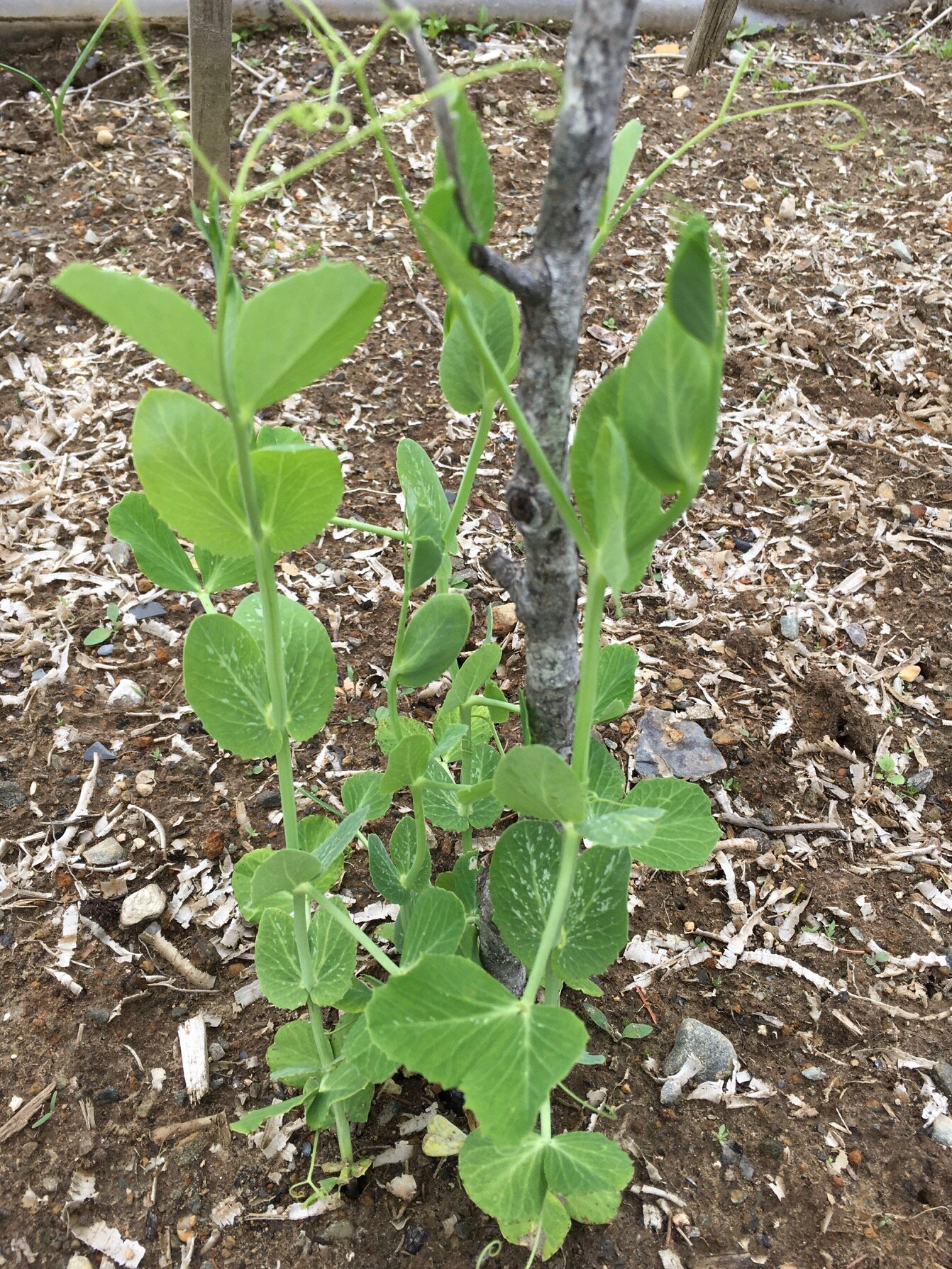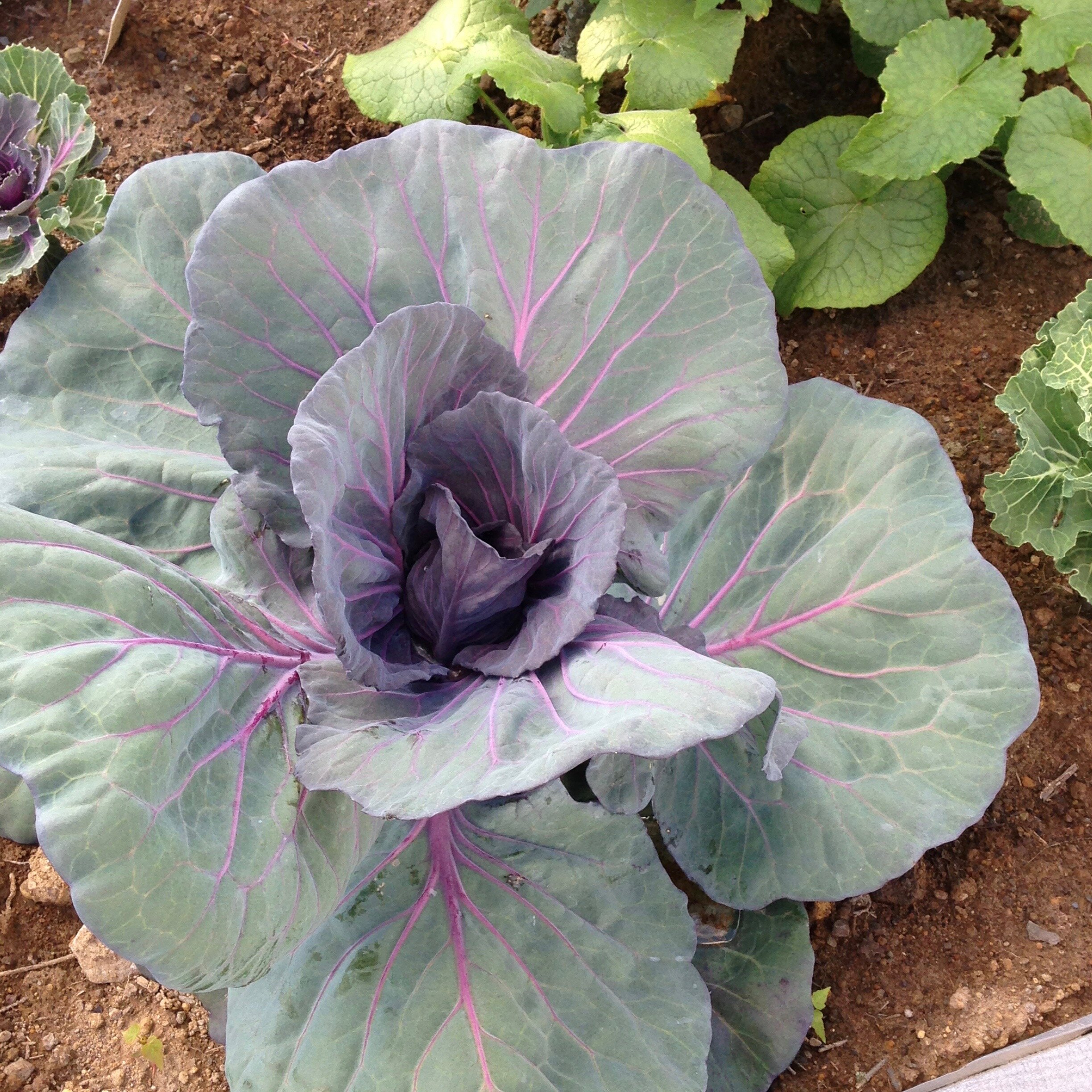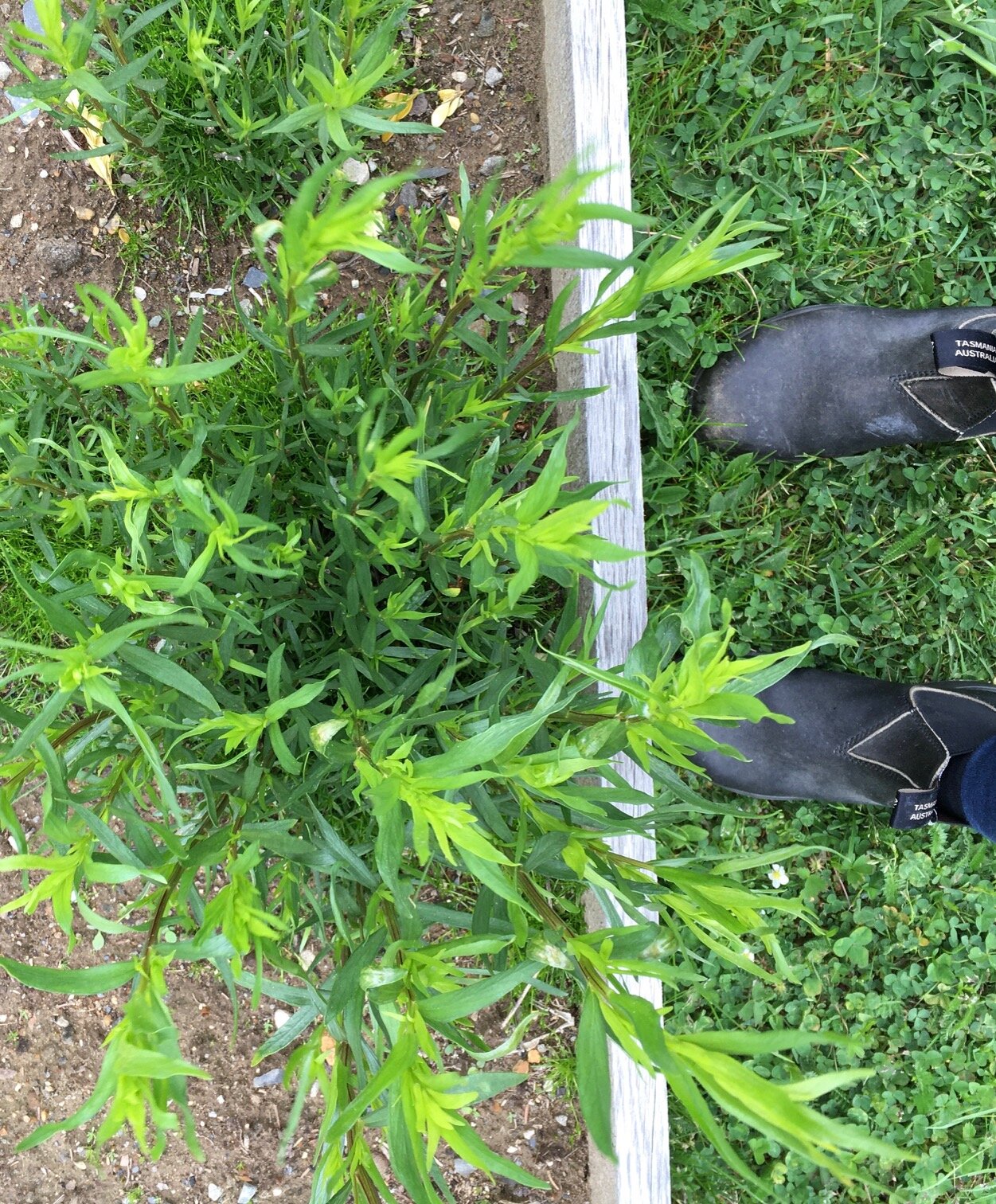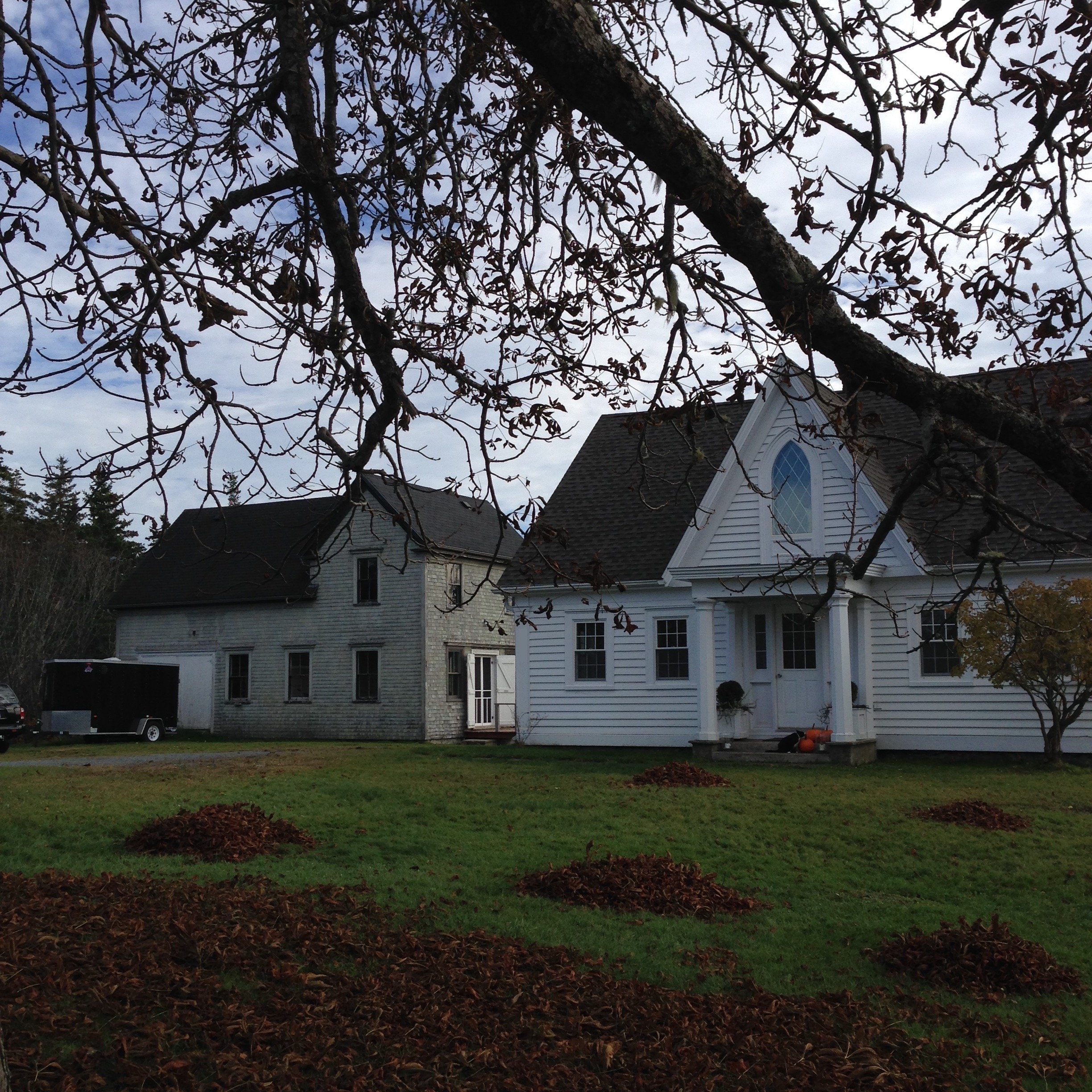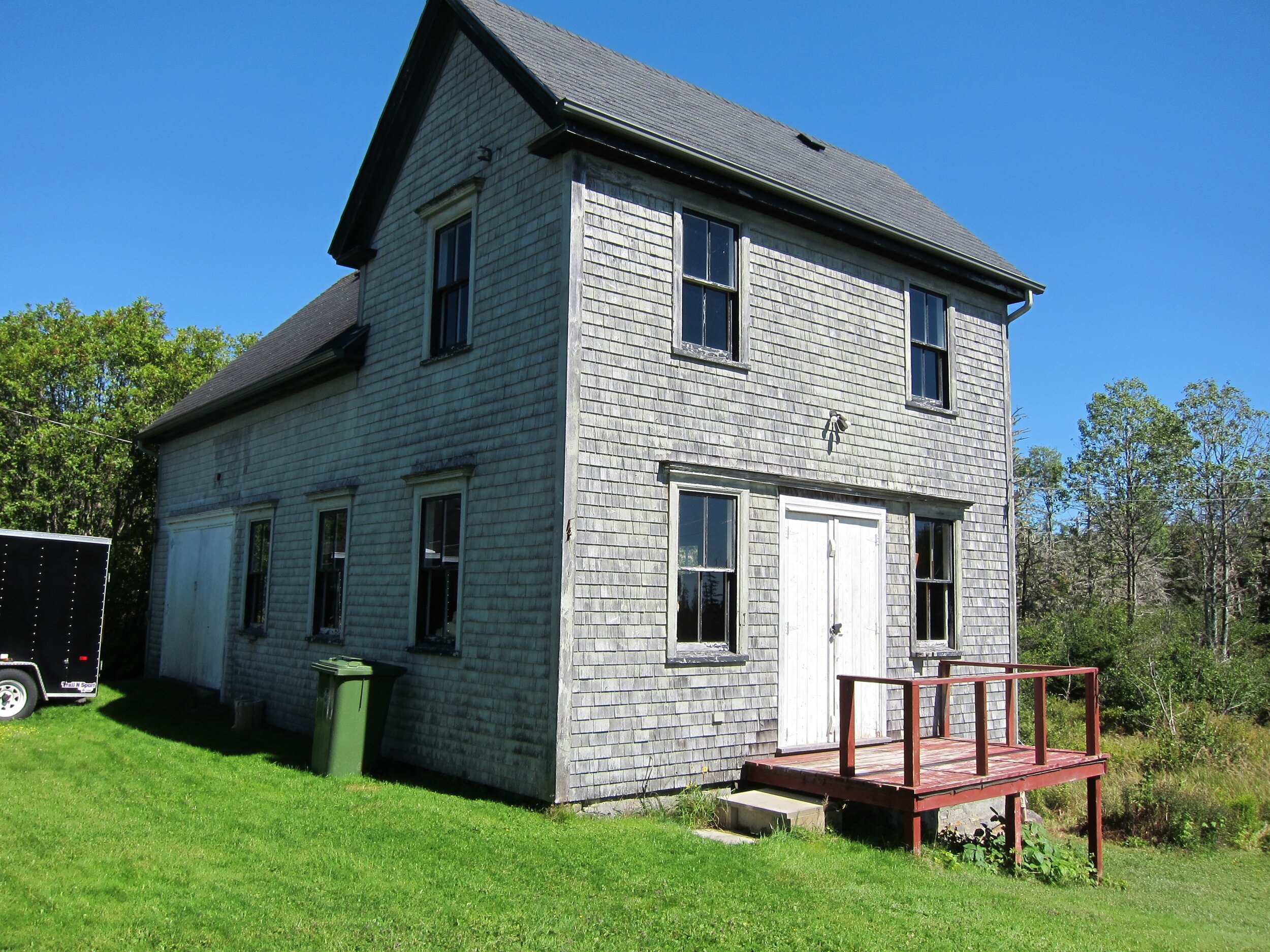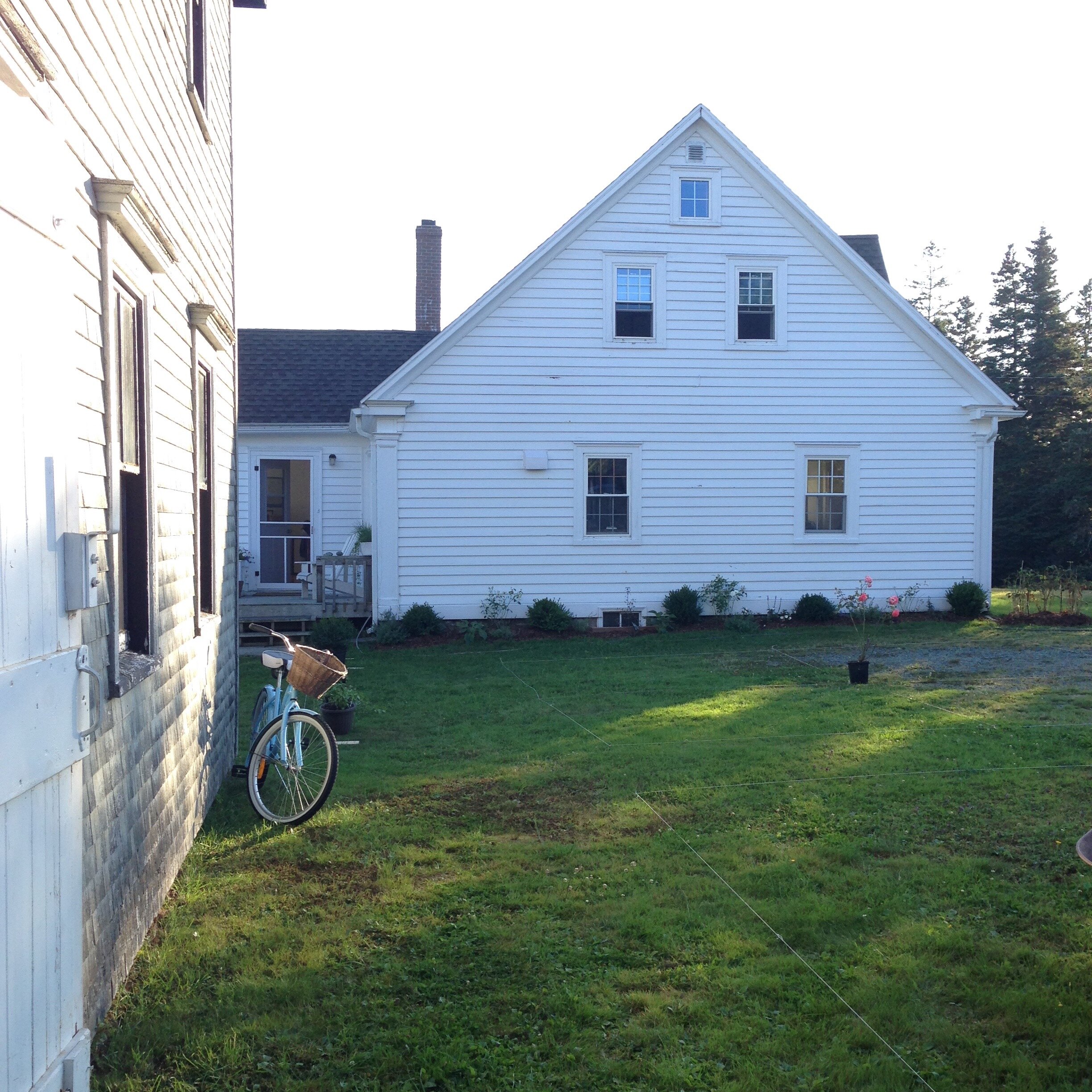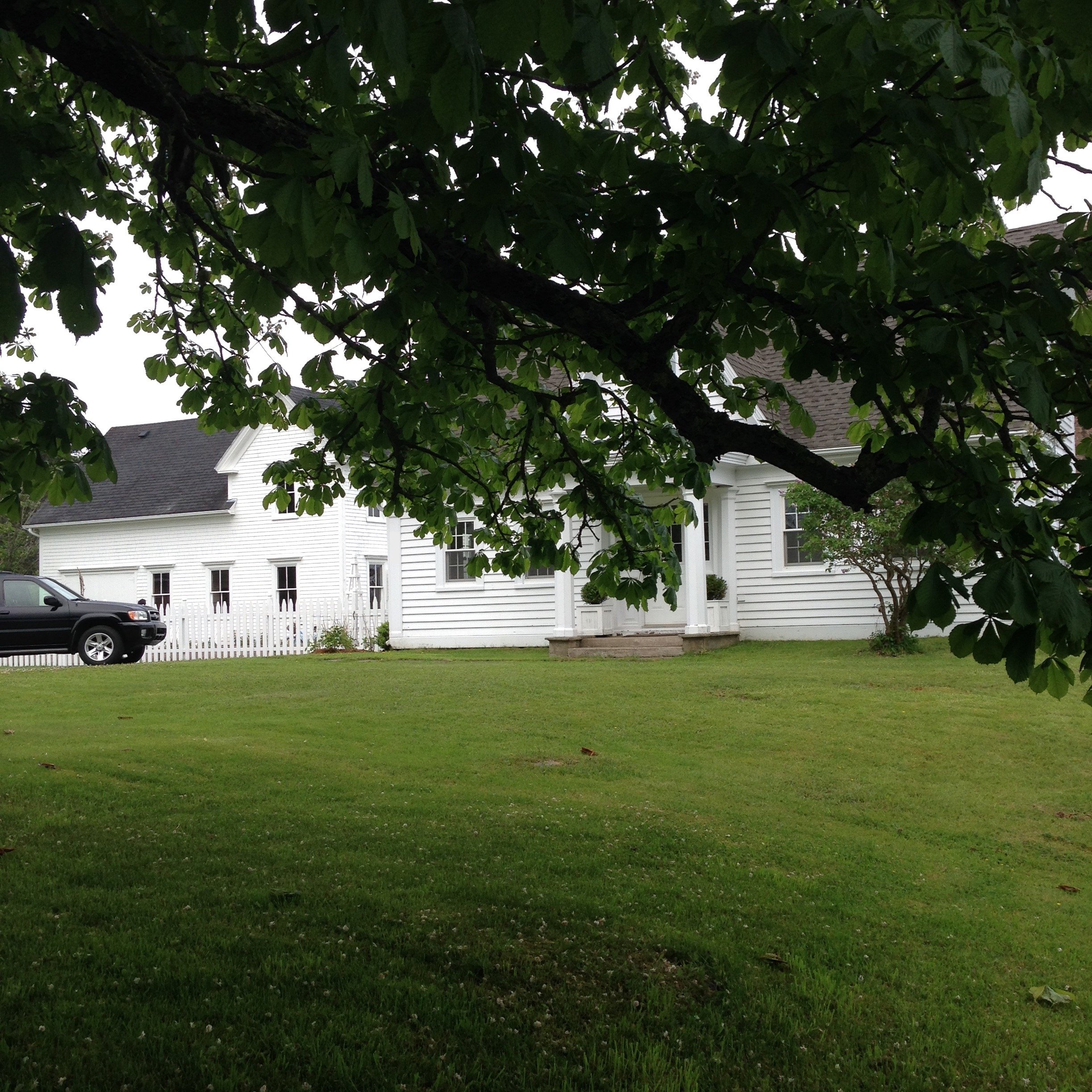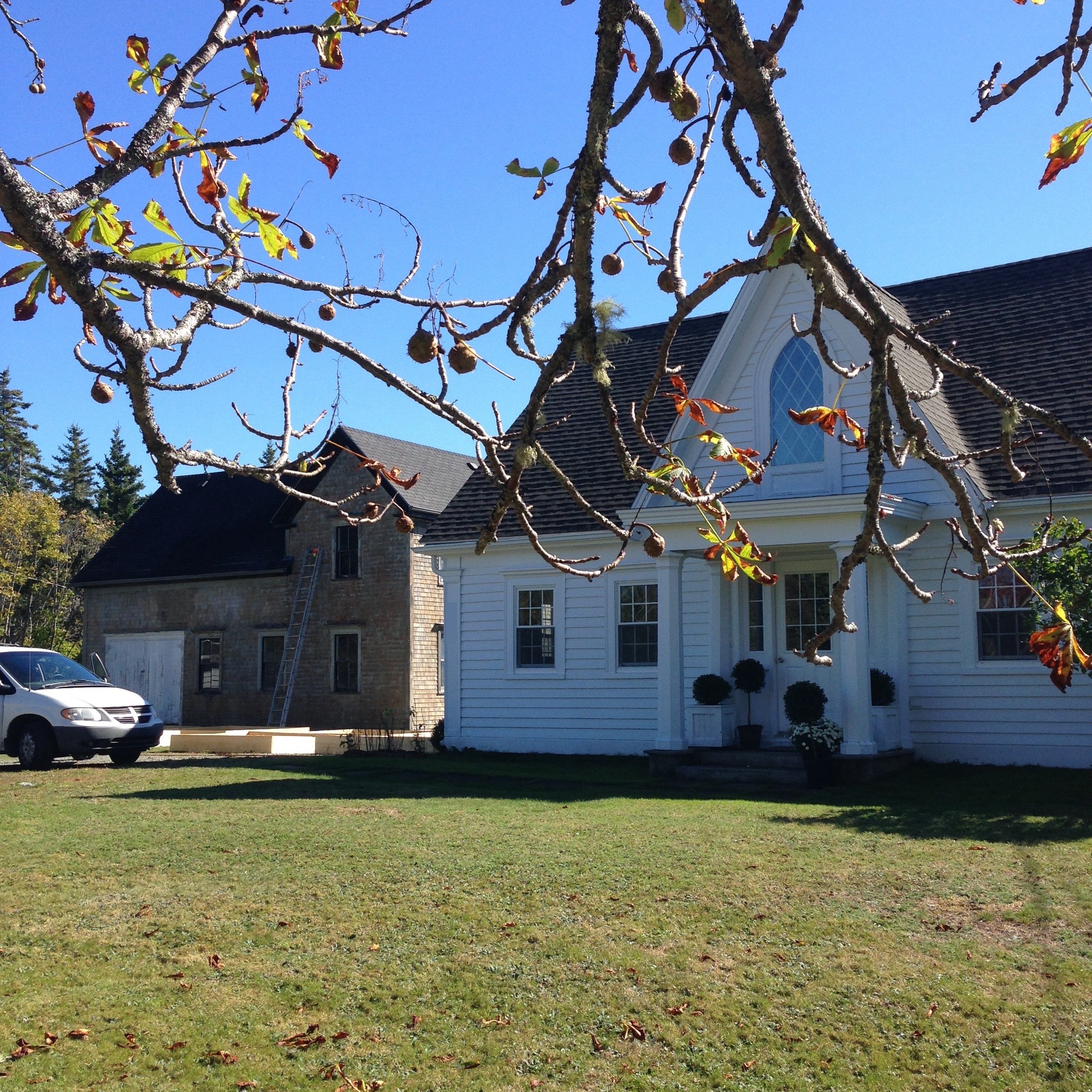March of 2020 marked the 15th anniversary of CRID and in the spirit of evolving on the Blog I had planned to launch our first subscriber’s “Newsletter”, (which is actually not intended to be a Newsletter style at all). Instead, I consider it a Subscriber’s Edition of the CREED Blog delivered to your inbox. It won’t contain the blog post themselves but rather a letter of highlights with some personal insights and shares (beyond the blog post topics) that I hope you’ll find particularly useful for your own home projects. Which is why I’ve named this Subscriber Edition of the Blog, For Your Home.
On the website and the sidebar of this blog there’s a Subscriber sign-up form which was added about 5 months ago when I first began setting up the tech side of things. To all those who have subscribed - thank you for your patience!! My plans to launch to the Subscriber’s list in March were interrupted when all COVID sh*t hit the fan and normal daily life came to a halt. Our work schedule went a bit sideways as projects accelerated to adjust for potential shut-downs so logistically I opted to postpone the launch til things normalized somewhat. Juust when it looked like that was happening the tragic death of George Floyd turned our collective attention to much larger, more important issues, and that’s where it needed to be.
This year more than ever I’ve been craving a space where I can share resourceful info for home improvements while knowing its reaching those who are interested and want to receive it, (without any algorithms to contend with) and allowing me to tailor topics specifically to your interests. For me that space has always been blogging and email. My own domain is my on-line home and where I feel most inspired to post, its where its most relevant and where I’m returning my focus.
Now here we are post Canada Day and well into July so I’ve decided I’m just going to jump right in and get this Subscriber’s Edition launched this week because I feel more ready for it now than ever, especially after these past 4 months.
I’m not sure exactly what format this new edition will take on but I have lots of ideas I want to explore. There’ll be an Ask A Designer section where you can send me a question and I’ll share at least one Q&A in each edition - so get your questions ready!! I’ll include round-ups of some favourite (and affordable!) finds and go-to’s. The content will develop organically as I get in the groove and get your feedback.
I can’t promise how often you’ll receive updates in your inbox, at least once a month as a start, ultimately bi-monthly. What I can promise is there will be no ads or sponsored content in the emails and no obligation to ‘like’ or comment (for the algorithm) - but I do hope you’ll feel encouraged to comment directly via email or in the Blog comment section.
If you’ve received this blog post in your inbox it’s because as a current or past client, associate, friend or family member you’re automatically subscribed to receive the first and future Subscriber Editions from the blog. Coming soon! If you want to unsubscribe you can easily do that at the bottom of this post or the news letter at any time. The Blog will still remain right here on the website for anyone to visit.
If you’re reading this blog post on the website and haven’t yet subscribed, you can do that right here, by just entering your email. that’s it!
SIGN-UP USING THE FORM IN THE SIDE BAR OF THIS POST
OR
AT THE BOTTOM OF THE PAGE.
I’ll be sending the first subscriber’s letter out THIS WEEK and look forward to hearing what you think of it, you can comment directly to me by just hitting reply to send me an email, I’ll personally receive and read each one.










